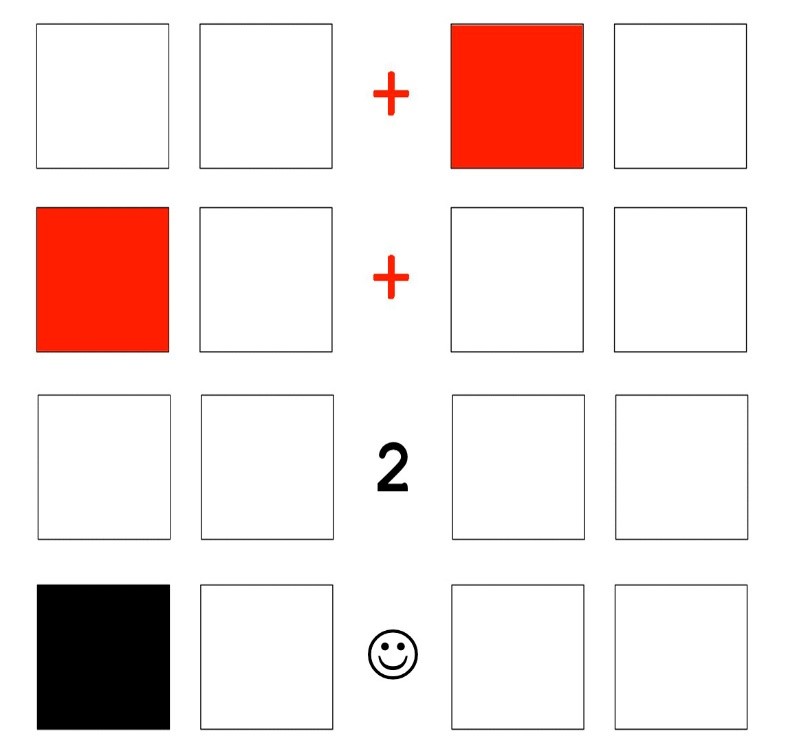Session Information
Date: Sunday, October 7, 2018
Session Title: Huntington's Disease
Session Time: 1:45pm-3:15pm
Location: Hall 3FG
Objective: In this study, for the first time we examined the relationship between cognitive reserve, sleep quality and current level of physical exercise and functional brain activity in pre-HD.
Background: It is well established that increased functional brain activity during the premanifest stage of Huntington’s disease (pre-HD) is part of a compensatory process that plays early in the disease (Georgiou-Karistianis et al., 2014; Kloppel et al., 2015). However, no HD study to date has examined how to mediate functional brain activity so as to maintain cognitive function, or delay disease progression.
Methods: Pre-HD (n = 15; M = 37.33; SD = 10.82) and age- and gender-matched healthy controls (n = 15; M = 35.60; SD = 10.69) completed the Cognitive Reserve Index Questionnaire (CRIq), the Pittsburgh Sleep Quality Index (PSQI) and the International Physical Activity Questionnaire Long (IPAQ-L), as well as performed an 18-minute functional MRI (fMRI) visuospatial working memory task with low (2 items), intermediate-1 (3 items), intermediate-2 (4 items), and high (5 items) memory loads [figure1].
Results: Pearson’s correlation revealed that greater cognitive reserve (CRIq) was associated with decreased functional activity in the left posterior medial frontal cortex in pre-HD at intermediate-1 (r = -.52, p = .045) and intermediate-2 levels of memory load (r = -.56, p = .030), compared with healthy controls. Higher level of physical exercise (IPAQ-L) was related to reduced functional activity in pre-HD, in left (r = -.52, p = .050) and right (r = -.65, p = .009) anterior insula, left (r = -.69, p = .004) and right (r = -.72, p = .002) inferior frontal gyrus, left intraparietal sulcus (r = -.64, p = .01) and left dorsolateral prefrontal cortex (r = -.57, p = .03) at low memory load and right intraparietal sulcus (r = -.61, p = .015) at intermediate-1 memory load, compared with healthy controls. No significant relationship was observed between sleep quality and functional activity in any of the groups.
Conclusions: Our findings suggest that cognitive reserve and level of physical activity can modulate functional brain re-organisation in pre-HD.
References: Georgiou-Karistinis et al., 2014. Kloppel et al., 2015.
To cite this abstract in AMA style:
M. Soloveva, S. Jamadar, G. Poudel, N. Georgiou-Karistianis. Cognitive Reserve and Physical Activity Modulate Functional Brain Re-organisation in Premanifest Huntington’s Disease: Preliminary Evidence [abstract]. Mov Disord. 2018; 33 (suppl 2). https://www.mdsabstracts.org/abstract/cognitive-reserve-and-physical-activity-modulate-functional-brain-re-organisation-in-premanifest-huntingtons-disease-preliminary-evidence/. Accessed November 14, 2025.« Back to 2018 International Congress
MDS Abstracts - https://www.mdsabstracts.org/abstract/cognitive-reserve-and-physical-activity-modulate-functional-brain-re-organisation-in-premanifest-huntingtons-disease-preliminary-evidence/

